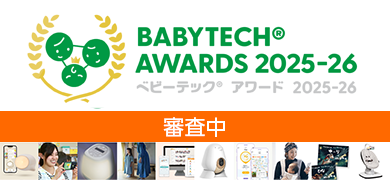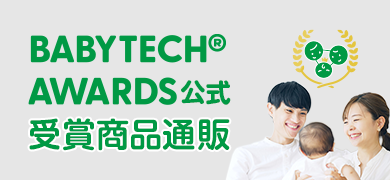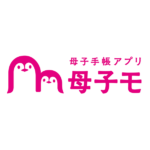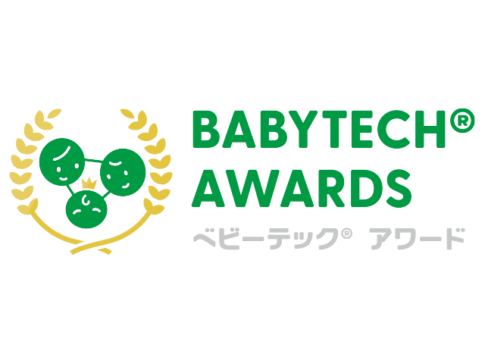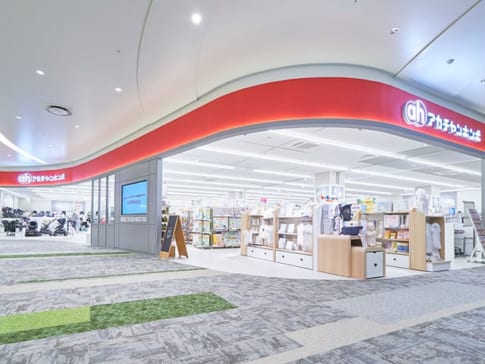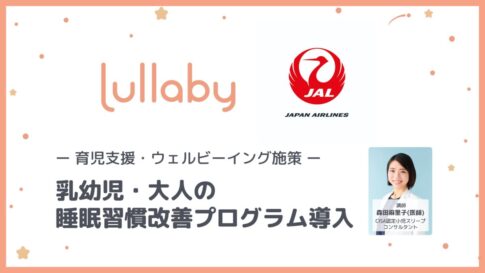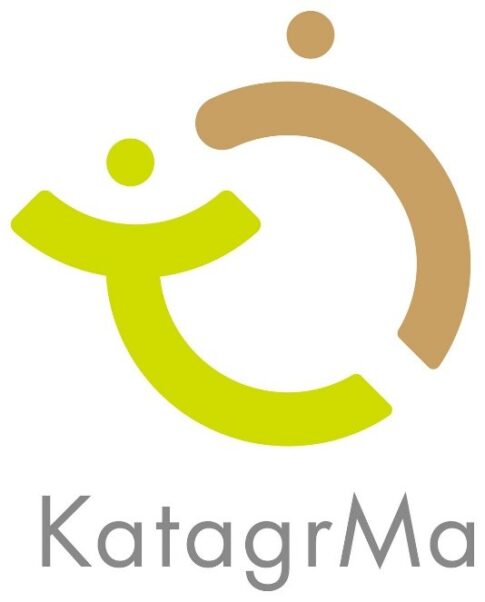- ICT systems to support the work of childcare workers at daycare centers, kindergartens, and other facilities
- Consistent support for various operations including documentation through ICT
- More time spent with children improves the quality of childcare.
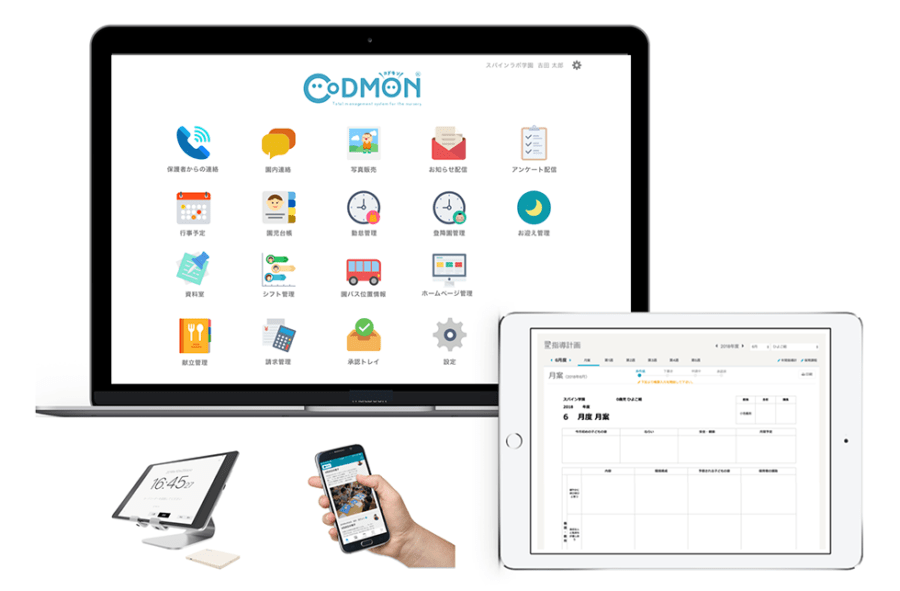
In recent years, the increase in the number of "latent childcare workers" who have qualifications but do not work in childcare has become a serious problem. One of the reasons for this has been the heavy workload. CoDMON," an ICT system for child care facilities, has been working closely with child care workers and has greatly contributed to reducing their workload. In the four years since its release, the system has gained the support of many childcare facilities. We interviewed Yoshinori Koike, Representative Director of CoDMON, and Tatsuya Inaba, Director and General Manager of Development Division, about the company's efforts to further improve the quality of childcare services, looking beyond reducing the workload of childcare workers and increasing work efficiency.
(We spoke to...)
Codomon Corporation
Yoshinori Koike, Representative Director
Tatsuya Inaba, Director and General Manager of Development Division
To allow childcare workers to have more time and peace of mind to deal with the children.
Editorial: What are the features of your services?
Koike: Our ICT system for childcare facilities, CoDMON, was released in 2015 as a support service for childcare professionals working in childcare facilities such as nurseries and kindergartens, based on our philosophy of "improving the environment surrounding children with the power of technology. The company started its release in 2015 as a support service for childcare workers at childcare facilities such as nurseries and kindergartens. Today, childcare facilities are facing a number of challenges, such as an increase in the number of children on waiting lists, stricter standards for childcare, the normalization of overtime work, and low wages. If the working environment and work style of childcare workers are not improved, the children will suffer. In response to these concerns, we have launched a service specializing in childcare workers in order to change the way they work for the better while reducing their workload through technology.
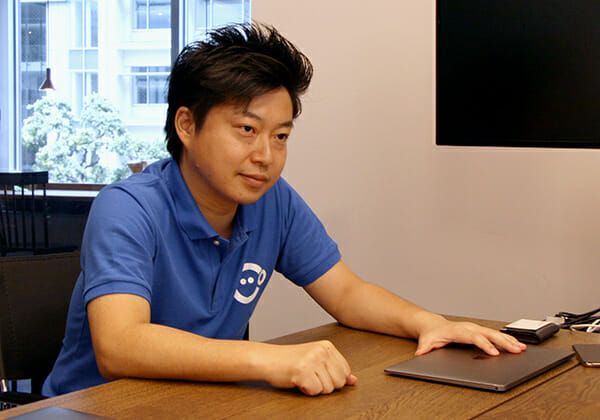
Editorial: Do other companies offer similar services?
Koike: There are many similar services, but most of them seem to focus on the communication function between parents and childcare workers rather than on improving the work of childcare workers. Incidentally, we are probably the first IT venture to enter this field.
Editorial: Was Codomon promptly accepted in the childcare setting?
Koike: At first, Codomon was not a service focused on childcare workers. We tried to promote the service as a next-generation communication tool or as a digital contact book, sending out DMs and calling for it at events, but the service was not accepted at all. We later found out that the real needs of the childcare facilities were elsewhere.
Editorial: Are you saying that the need on the part of the childcare facility was not for a communication tool?
Koike: The need of childcare facilities was that they wanted childcare workers to continue working for a long time. Childcare facilities have a standard for the number of childcare workers required to ensure the safety of children, called the "standard for the number of childcare workers" set by the national and local governments. If the number of childcare workers falls below this standard, the operation of the facility will be hindered and we will not be able to provide sufficient care for the children. However, as mentioned earlier, the working environment for child care workers and their compensation are not good, so even if they became child care workers with ambition and desire in the beginning, the reality is that they cannot work for a long period of time.
Editorial: What kind of duties were burdening the childcare workers?
Koike: The most burdensome tasks for childcare workers are mainly paperwork and other clerical duties. It seems that keeping records and preparing instructional plans can take up approximately 40% of a day. It would be nice if these were records and plans that would allow them to deal with the children, but this does not always seem to be the case.
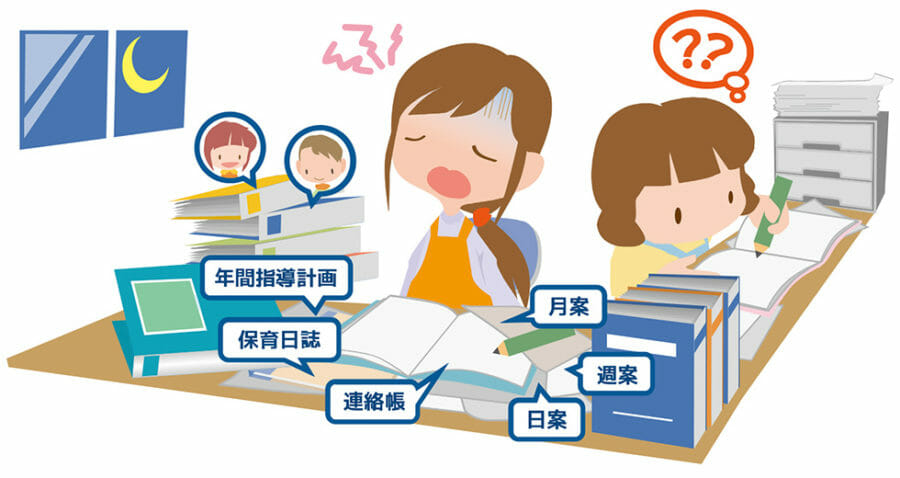
Editorial: I didn't realize that there were so many other duties besides facing the children. What has been the response on the ground to Codomon, a tool to relieve the burden on childcare workers?
Koike: Even if the services we provide are advanced IT tools, they will never be accepted if they increase the workload of childcare workers. There are values such as preferring handwritten documents, so we try to present the benefits of using digital tools. The part of the nursery staff's work that we felt needed to be streamlined the most was the transcribing and rewriting of documents. We then made it possible to use the Excel-based form formats used at the preschools by importing them directly into Codomon, and linked the data so that when a record is entered in one field, it is reflected in the related forms. Childcare facilities have commented that the system is "very easy to understand! We have received comments such as "It is very easy to understand," "It has greatly reduced the amount of time we spend on documentation," and "We have more time to spend with the children and talk about them! We have been able to receive feedback such as, "It's very easy to understand!
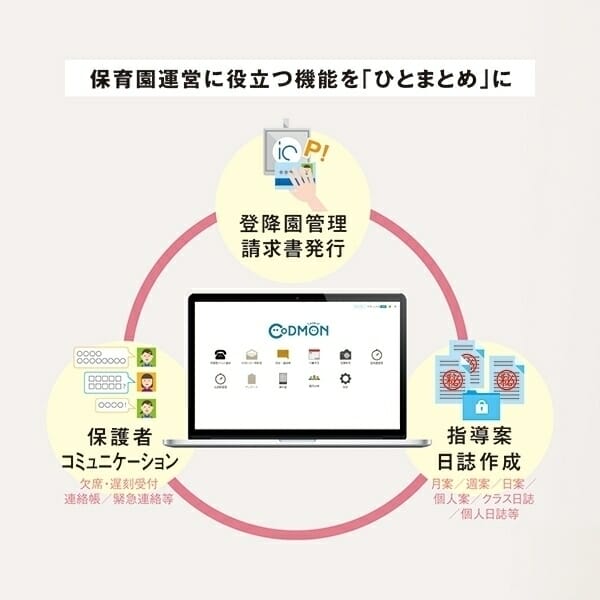
Linking all types of data facilitates daily operations.
Editorial: So linking data was the key to reducing the burden.
Koike: It is also possible to manage nap, temperature, and bowel movement checks for each child and reflect them in individual records and contact sheets. It also simplifies labor management by linking attendance data, including the imprinting of arrival and departure times of childcare workers and staff, with their shifts. The wide range of functions and the ability to share various functions side-by-side is one of Codomon's strengths.
Editorial: Four years have passed since the service was launched, but how many childcare facilities have introduced Codomon?
Koike: As of the end of July, there were about 3,600 facilities accessing Codomon daily. Including users who only use the free photo function, we have about 4,000 childcare facilities using our service. There are approximately 40,000 childcare facilities nationwide, including daycare centers, kindergartens, and school-age children, which means that approximately 10% of all facilities have introduced the system.
Editorial: Did you envision from the beginning that as many as 4,000 facilities would adopt the system?
Koike: The sales have been roughly in line with our expectations. Our goal is to reach 10,000 facilities by April 2021. To achieve this goal, we have set reasonable prices (initial cost of 0 yen, from 5,000 yen per month) so that the usage fee will not be an obstacle to the introduction of the system.
Listening to childcare professionals and proposing optimal solutions as a professional problem solver
Editorial: Do you have any particular points of concern that you place importance on when developing a system?
Inaba: The basic philosophy of our development department is to design with breadth to satisfy all childcare facilities. Sometimes we work to enhance and improve functions while hearing from childcare workers, but it is not always the best solution to take all of the customer's requests into consideration. We are problem-solving professionals, so we first uncover problems in the field, then discuss internally what screen settings and layout should be used to solve them, and propose the best solution.
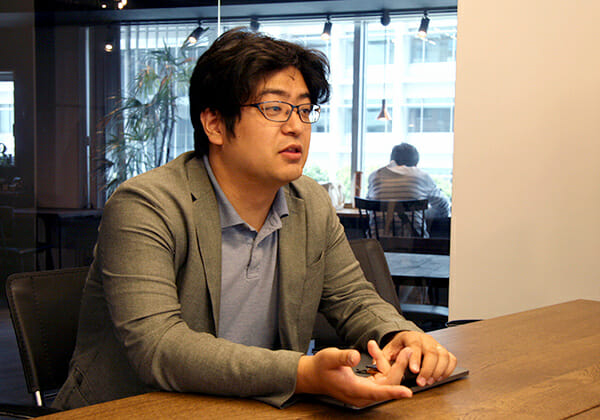
Editorial: Do you have frequent hearings with childcare facilities?
Koike: Yes, we do. We receive feedback directly from our clients, not only by phone and e-mail, but also sometimes by showing them screens of the product under development. We also realize that in recent years, data has become increasingly important as much as voices from the field. In many cases, the various data on children that is recorded daily at daycare facilities brings to light things that even the childcare workers are unaware of. In the future, we would like to focus on data analysis and provide daycare facilities with data necessary for children's development.
Editorial: Is there an opportunity to interview the parents?
Koike: In the past, we have not actively conducted interviews with parents. This is because our value is that we are a childcare provider-first business, and our first priority is to be close to childcare facilities and childcare providers. We have just started a new initiative in July to focus on supporting parents from now on.
Editorial: Why did you decide to focus on providing support to parents as well?
Koike: For example, children grow remarkably every day until they are around two years old, don't they? We may notice major changes, such as the child's head sitting up or the child crawling, but we may not notice small changes, such as the child being able to hold a bottle. Any change is invaluable to parents who are raising their children. If parents can also grasp information on development because daycare centers keep detailed records of weight, temperature, and daily changes, they will have a better understanding of the developmental status of their children, and it will be an opportunity to strengthen cooperation between parents and daycare facilities.
We want to use data to make everyone happy: childcare workers, children, and parents.
Editorial: It seems that there are many things that can be seen through the data.
Koike: Information about development is very important. It can help you consider what kind of education your children should receive. In some cases, it may even affect the children's future. Since mothers tend to know more information about their children's development than fathers, we would like to provide a system that allows parents to share information with each other.
Editorial: What is your outlook for the future?
Koike: We feel that one of our greatest strengths is the ability to store information in the form of data while improving operational efficiency. For example, if there is a case in which a child's height and weight do not increase even though he or she is eating plenty of food, we may be able to determine whether the child has a developmental problem or whether there are circumstances that impede his or her growth. Since this is important information that even the Ministry of Health, Labor and Welfare and local governments do not manage, we should take all possible measures to manage the data and, with a sense of mission, make it available for socially valuable use.
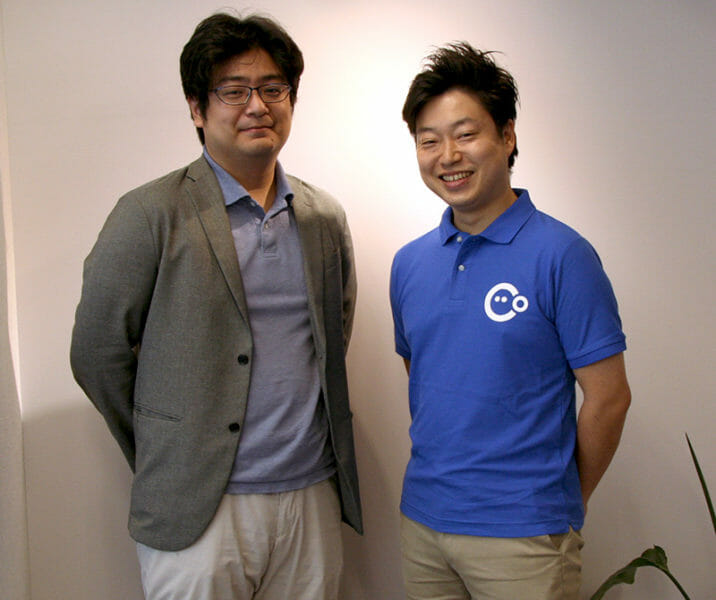
<After the interview
We were surprised to learn that approximately 40% of a childcare worker's work time is spent on documentation. Perhaps it is because we are sincerely attentive to the voices of those working in the field that we have been able to make such detailed considerations and innovations as making the system simple to use, even for those who are not familiar with digital tools. If childcare workers do not become exhausted in the field of childcare, where lives are entrusted to them, and if they have more time to spend with their children and more mental space, there will be more bright news in the childcare industry.
Codomon Service Site :. https://www.codmon.com/
Codomon Blog :. https://blog.codmon.com/
Codomon Introduction Video :. https://youtu.be/xEmIiuWJFWM
Twitter :. https://twitter.com/codmon_official
Facebook :. https://www.facebook.com/codmonICT/

